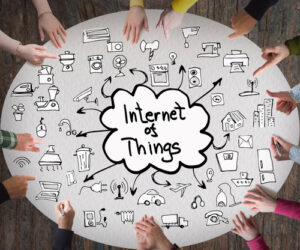As more smart devices become connected to the Internet, you can expect increasing impact on contact centers—beginning with the amount of data streaming into service operations. This will add to the workload of reporting and analytics teams, but will also put more customer data at the disposal of frontline agents. When structured well, this information can enhance the level of service agents provide and decrease overall handling and resolution times.
The impact on contact volume is ha rder to predict until you see trends develop. Given that a primary purpose of Internet-connected devices is to stream data directly to intelligent systems that can collect, analyze and act upon it with minimal human interaction, it is reasonable to assume some incoming contacts can be deflected. However, they may be replaced by proactive outbound calls, depending on the situation. Automating these outbound contacts as possible is another variable, potentially decreasing agent-assisted workloads.
rder to predict until you see trends develop. Given that a primary purpose of Internet-connected devices is to stream data directly to intelligent systems that can collect, analyze and act upon it with minimal human interaction, it is reasonable to assume some incoming contacts can be deflected. However, they may be replaced by proactive outbound calls, depending on the situation. Automating these outbound contacts as possible is another variable, potentially decreasing agent-assisted workloads.
My advice: Don’t paint yourself into a corner with what could prove to be overly optimistic staffing assumptions. Many analysts predicted reduced workloads from developments in the past: IVRs, web-based self service, proactive outbound, and even social and mobile trends. Reduced workloads haven’t quite materialized for many, even as they see workloads and contact types shift. Don’t hardwire assumptions into budgets until you see actual trends develop. And, by all means, make forecasting a priority as you roll out services.